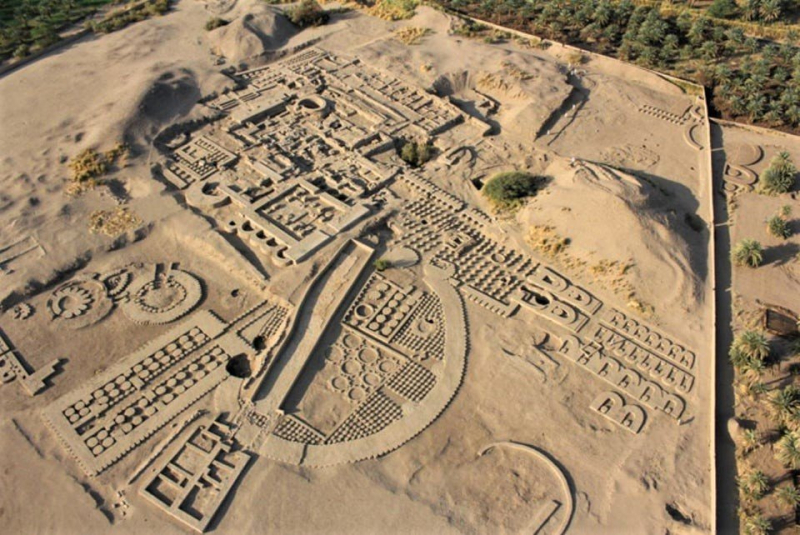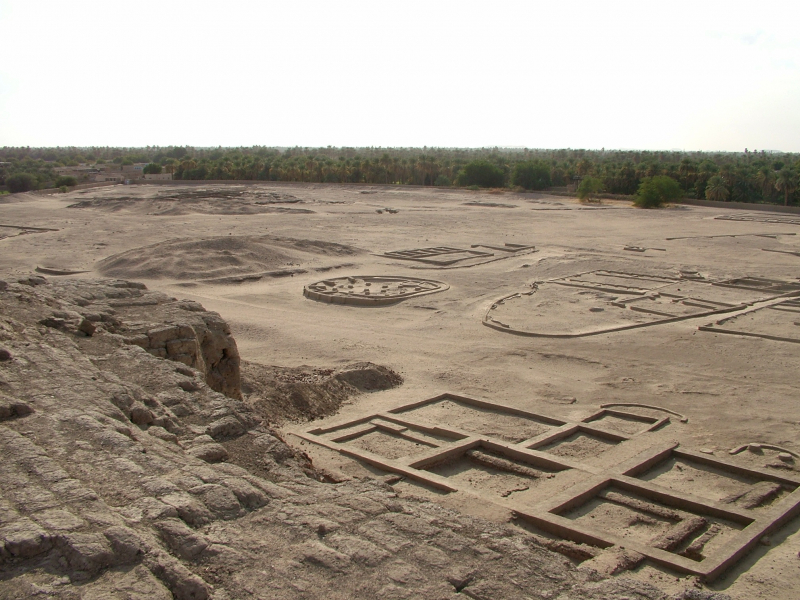Kerma
Kerma was the capital city of the Kerma civilization, which existed at least 5500 years ago in present-day Sudan. Kerma is one of ancient Nubia's most important archaeological sites. Decades of excavations and research have resulted in thousands of cemeteries and tombs, as well as the residential quarters of the major city surrounding the Western/Lower Deffufa.
A cultural tradition originated around Kerma circa 3000 BC. As one of the most beautiful historical sites in Sudan, Kerma was a huge urban center constructed around the Western Deffufa, a colossal adobe temple. As the capital city and site of royal graves, it sheds light on the society's intricate social structure.
Kerma had a population of at least 10,000 individuals by 1700 BC. Kerma's artifacts differ from those of ancient Egypt in theme and composition and are distinguished by vast amounts of blue faience, for which the Kermans created techniques independent of Egypt, as well as their work with glazed quartzite and architectural inlays.
Kerma has a cemetery with more than 30,000 burials. Larger tombs are surrounded by lesser ones in the cemetery, implying socioeconomic stratification. The site has burial mounds on its southern edge, four of which are 90 meters (300 feet) in diameter. These are thought to be the penultimate monarchs' burials, with some containing motifs and artwork depicting Egyptian deities such as Horus. In general, Egyptian influence can be shown in many burials, particularly in material evidence like pottery and grave items. Second Intermediate Egyptian ceramics from Avaris, such as Tell el-Yahudiyeh Ware, have been unearthed in Kerma tombs, for example. Furthermore, scarab seals and amulets are abundant, showing widespread trade with ancient Egypt as well as an exchange of cultural ideas. Following the fall of Kerma, the cemetery was used to house the rulers of the Kingdom of Kush's 25th or "Napatan" dynasty from Upper (Southern) Nubia.
Location: Nubia, Sudan








